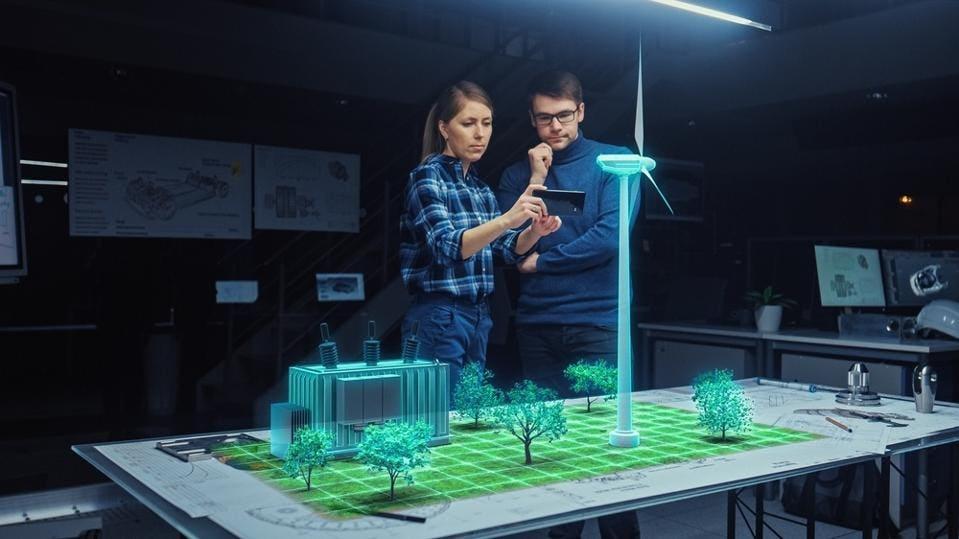In Short : Centrally embedding sustainability and innovation in your business model is paramount. By prioritizing eco-friendly practices and fostering creative solutions, you not only contribute to environmental well-being but also enhance the resilience and longevity of your business.
In Detail : Never has it become more important to integrate innovation and sustainability into your business models. Our latest edition of “(Re)invent Your Business Model with Odyssey 3.14” suggests three pillars and 14 directions to answer these 21st century challenges. This is an enhanced framework which provides inspiration and pragmatic support for managers and leaders faced with growing pressure to innovate whilst respecting environmental and societal demands. It rests both on the value proposition (answering the questions “What?” and “Who?” – the products and/or services delivered by the company); the way the firm is organized in order to deliver this value proposition (to reply to the question “How?”); and the financial, environmental, and social contributions. This approach aligns with by the doughnut economy, a framework conceived by renegade economist Kate Raworth that takes into account both the planetary boundaries and the basic human social needs.
To back these three pillars, we’ve designed 14 directions for managers to brainstorm. Companies need to be fed with creative suggestions to have their business models evolve with the times. These range from developing emotion or functionality, to collaborating with rivals, clients or providers. To accelerate the process, our 234-page book provides highly illustrated examples for each direction, ranging from the large to the small. One inspiration for our work is the Michelin tire company which has decided to stop selling their tires to fleets of buses and trucks. Instead, it focuses on selling kilometers, while integrating the entire process of installing, maintaining and recuperating the tires. Then, there’s Sanergy, a Kenyan enterprise which has been labeled one of the most regenerative organizations in the world. It’s invented a double business model. Its not-for-profit approach hires local entrepreneurs to collect human waste in the Nairobi slums through specially designed toilets. Its for-profit business model transforms the waste into efficient fertilizer and sells it to farmers at an affordable price. This highly original approach has been a resounding success since it began operations in 2009. Newer companies such as Fairphone and Planty have also pioneered innovative business models which respect the planetary boundaries imposed by the doughnut economy.
These are just a few of 50 examples we scrutinize with a fine comb to highlight the business models of the future. What we found is that it’s not enough to tell managers to be innovative. Companies need to set up a specific culture whereby people are free to think differently, experiment and accept that failure is part of the creative process. Innovation is more about a mindset and a context than the process itself. Crucially, time and space is needed to improve a business model incrementally. You need to combine exploitation of your current models with exploration of your next, future business models.
Another crucial factor to put in the mix is integrating people from different horizons. Innovation is also about challenging convention, so it needs employees with a wide gamut of experiences and backgrounds. Should companies decide to apply our 3.14 Odyssey approach to innovation, they should be very careful in the way they create the teams to brainstorm. Diversity is key, we don’t want only marketeers or client representatives involved.
There is no geographical or cultural barriers to our approach: we have mapped out the success of Aravind Eye Care System in India as well as the textile revolution operated by American retailers Patagonia, or the widely chronicled accomplishments of Bangladesh’s Grameen Bank.
Such models have been hard to come by. Yet, it is urgent that their numbers swell. Our priority is to encourage company directors to explore new approaches which ally sustainability with profit. Their new business models must incarnate a long-term vision that goes beyond the bottom line to address the very raison d’être of the firm.

